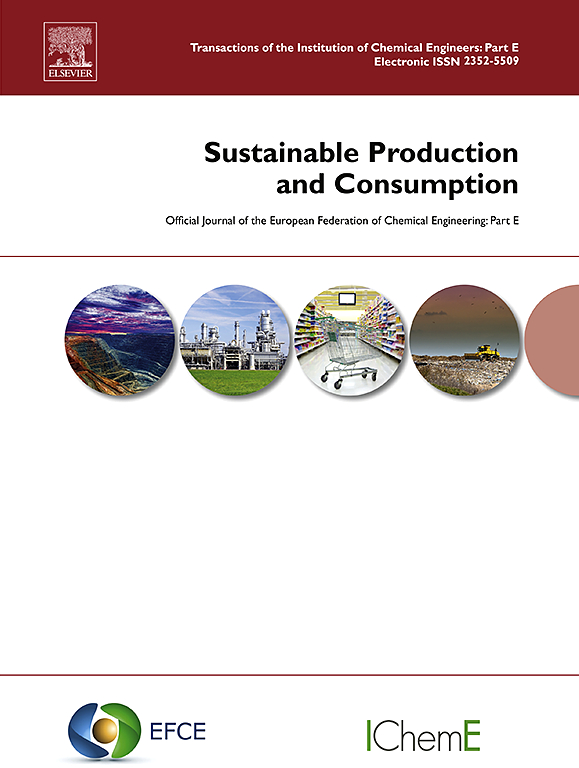Border regulation and greenhouse gas emissions from EU-UK food trade
IF 9.6
1区 环境科学与生态学
Q1 ENVIRONMENTAL STUDIES
引用次数: 0
Abstract
Recent years have seen an increase in global trade. Despite well-known welfare benefits, trade in goods is also an important contributor of greenhouse gas emissions. Environmental regulation of trade is complex, because environmental domestic regulation can drive the relocation of these emissions abroad (carbon leakage); while environmental import restrictions can increase domestic greenhouse gas emissions by stimulating the production of high‑carbon goods (inverse leakage). In this article, we micro-simulate the impact at the border of a carbon tariff on food trade, modelling UK food imports from the European Union using a gravity model. In this exercise, we implement a Carbon Border Adjustment Mechanism, which charges for the difference in carbon emissions of a good between importer and exporter. Yearly country-level greenhouse gas emissions are calculated using a top-down life-cycle assessment approach known as environmentally-extended multi-regional input-output analysis. Results show that a British food Carbon Border Adjustment Mechanism would cut annual emissions imported from the European Union by around 25 % through trade reallocation. The findings indicate that carbon border regulation is an important tool for promoting more sustainable food systems.
欧盟与英国食品贸易的边境管制和温室气体排放
近年来,全球贸易有所增长。除了众所周知的福利好处,货物贸易也是温室气体排放的重要贡献者。贸易的环境监管是复杂的,因为国内环境监管可能会推动这些排放转移到国外(碳泄漏);而环境进口限制可以通过刺激高碳产品的生产而增加国内温室气体排放(反向泄漏)。在这篇文章中,我们微观模拟了碳关税对食品贸易的影响,用重力模型模拟了英国从欧盟进口的食品。在这项工作中,我们实施了碳边界调整机制,该机制根据进口国和出口国之间的碳排放差异收费。每年国家级温室气体排放量的计算采用一种称为环境扩展多区域投入产出分析的自上而下的生命周期评估方法。结果表明,通过贸易再分配,英国食品碳边界调整机制将使从欧盟进口的年排放量减少约25%。研究结果表明,碳边界监管是促进更可持续粮食系统的重要工具。
本文章由计算机程序翻译,如有差异,请以英文原文为准。
求助全文
约1分钟内获得全文
求助全文
来源期刊

Sustainable Production and Consumption
Environmental Science-Environmental Engineering
CiteScore
17.40
自引率
7.40%
发文量
389
审稿时长
13 days
期刊介绍:
Sustainable production and consumption refers to the production and utilization of goods and services in a way that benefits society, is economically viable, and has minimal environmental impact throughout its entire lifespan. Our journal is dedicated to publishing top-notch interdisciplinary research and practical studies in this emerging field. We take a distinctive approach by examining the interplay between technology, consumption patterns, and policy to identify sustainable solutions for both production and consumption systems.
 求助内容:
求助内容: 应助结果提醒方式:
应助结果提醒方式:


